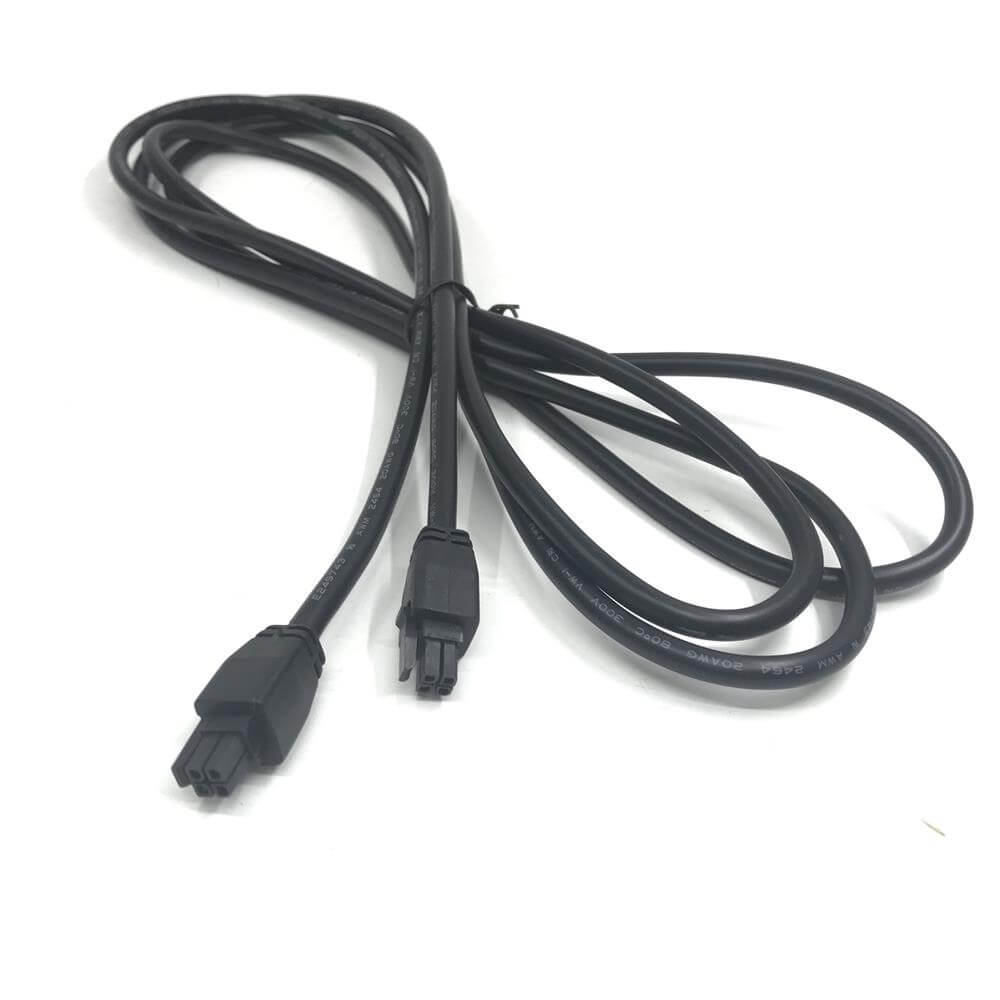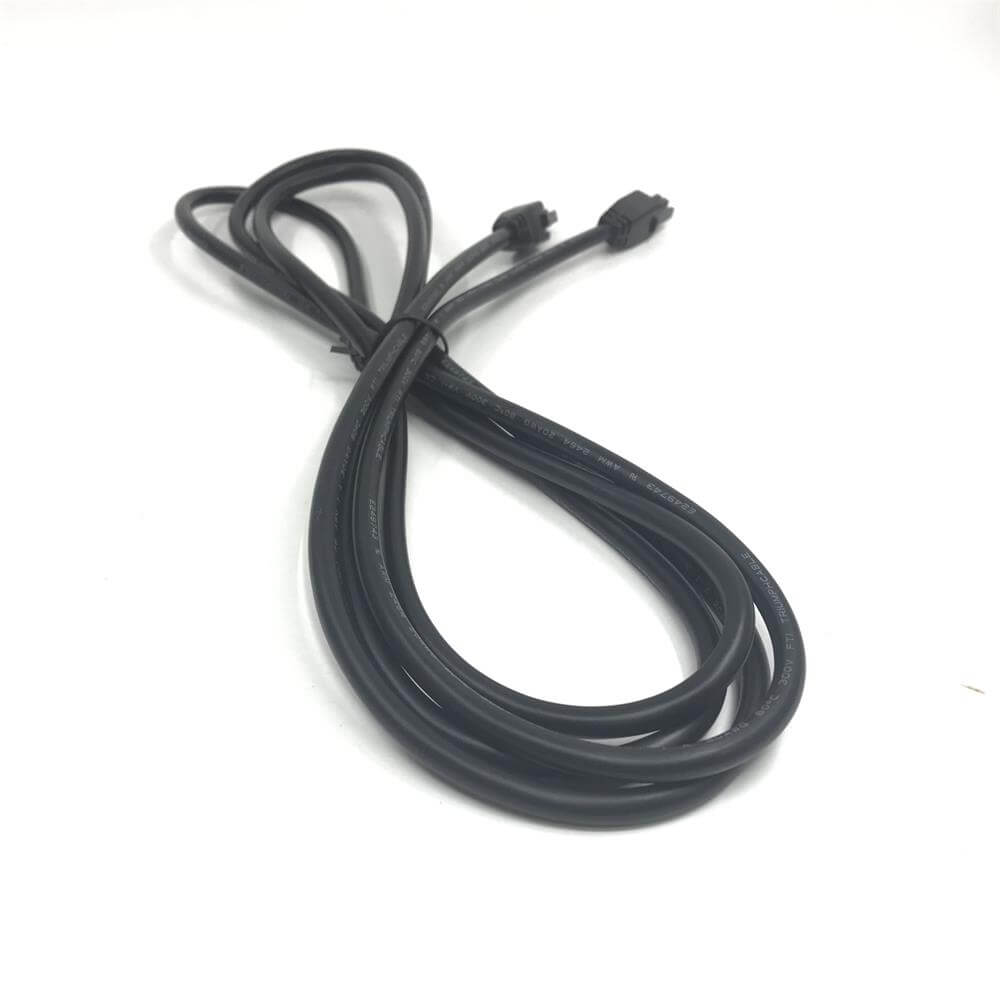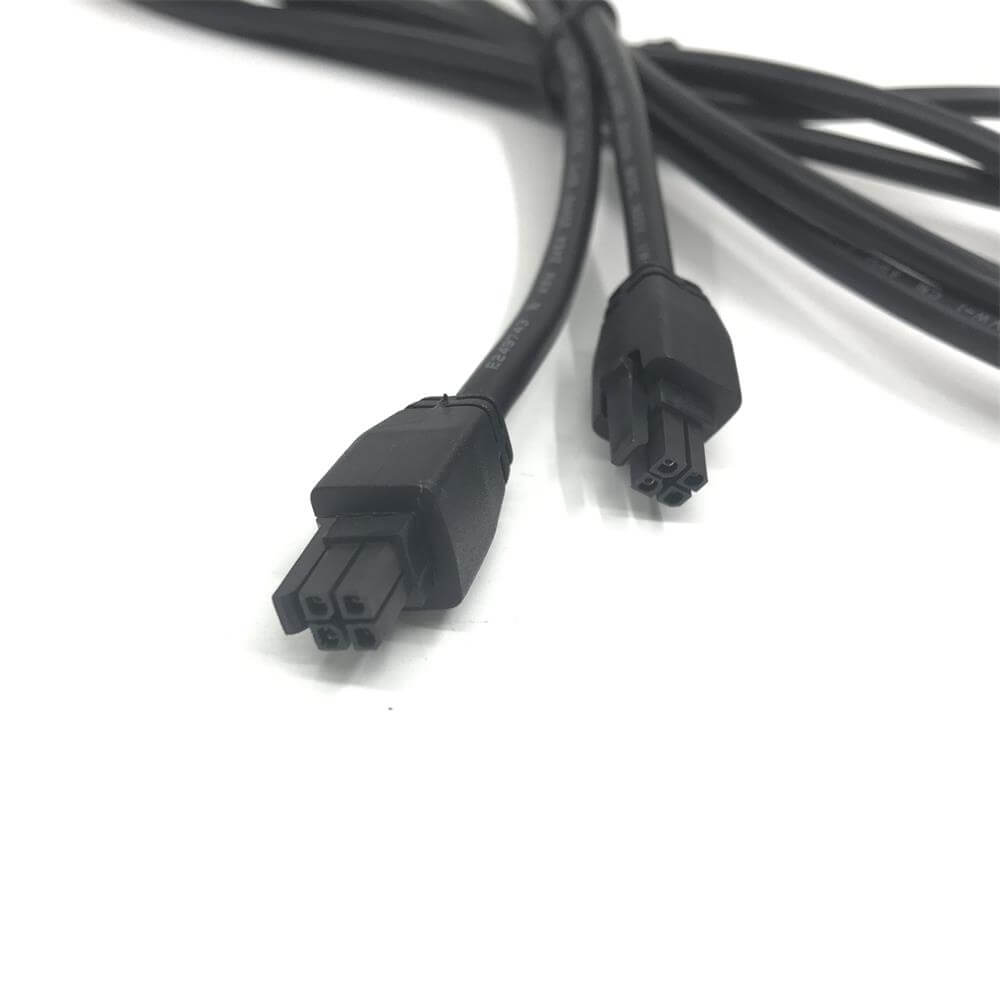customized cables
Cable RS485 Molex 430250400 to Molex 430250400 Connector Overmoulded Cables
- Product ID:customized cables
- Skype:+86 137 5185 9234
- Phone: +86 137 5185 9234
- Tel: +86 137 5185 9234
- Email: sales2@gh-electronics.com
- Time: 2021-03-08
-
INQUIRY

|
Place of Origin: Guangdong, China |
Brand Name: GuangHui Electronics/OEM |
|
Outer mold: 45P PVC Black |
Application: electronics, industry, automotive, medical |
|
Inner mold: PE Natural |
Connector1: Molex 430250400 |
|
Color: Black or customized |
Connector2: Molex 430250400 |
|
Cable length: Optional |
Cable: UL2464 20AWG*3C + Shield Black PVC |
|
Certification: UL, RoHS, CE, |
Conductor Material: Copper |
|
Samples: available |
MOQ:500PCS |



RS-485 is also known as TIA-485-A, ANSI/TIA/EIA-485 or TIA/EIA-485.
RS485 is a standard that defines the electrical characteristics of drivers and receivers in a balanced digital multipoint system. The standard is defined by the Telecommunications Industry Association and the Electronics Industry Alliance. Digital communication networks using this standard can effectively transmit signals under long-distance conditions and in environments with high electronic noise. RS-485 makes it possible to connect to the local network and the configuration of multi-branch communication links.
RS485 has two-wire and four-wire connections. The four-wire system can only achieve point-to-point communication. It is rarely used now. The two-wire connection method is mostly used. This wiring method is a bus topology structure. Up to 32 nodes can be connected to the same bus.
In the RS485 communication network, a master-slave communication method is generally adopted, that is, a master with multiple slaves. In many cases, when connecting the RS-485 communication link, simply use a pair of twisted pair to connect the "A" and "B" ends of each interface, and ignore the signal ground connection. This connection method is used in many The occasion can work normally, but there are great hidden dangers. Reason 1 is common mode interference: the RS-485 interface adopts the differential mode to transmit the signal, and it does not need to detect the signal relative to a certain reference point. The system only It is enough to detect the potential difference between the two wires, but it is easy to overlook that the transceiver has a certain common-mode voltage range. The common-mode voltage range of the RS-485 transceiver is -7 to +12V. Only when the above conditions are met, the entire network It can work normally; when the common mode voltage in the network line exceeds this range, it will affect the stability and reliability of the communication, and even damage the interface; the second reason is the problem of EMI: the common mode part of the output signal of the driver needs a return path, if there is no one The low-resistance return channel (signal ground) will return to the source in the form of radiation, and the entire bus will radiate electromagnetic waves outward like a huge antenna.



